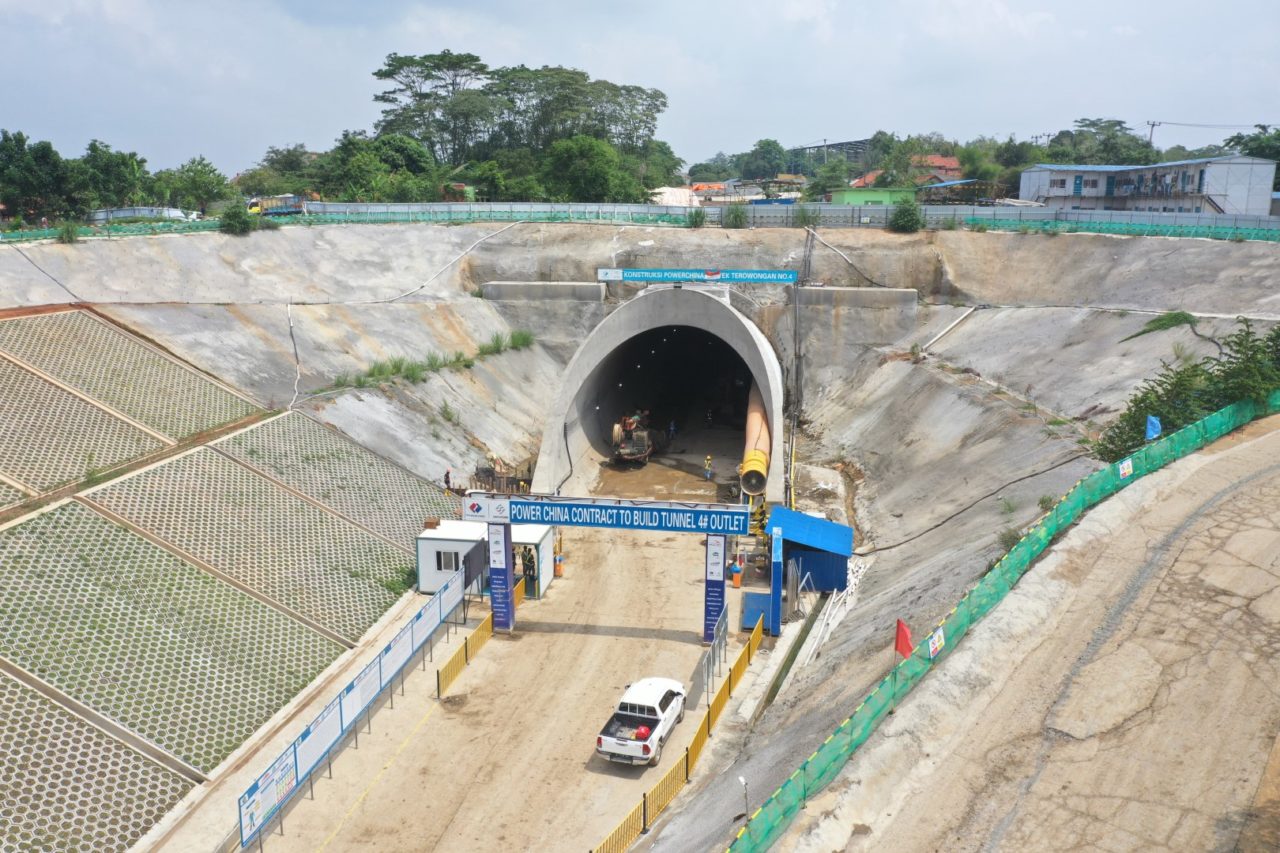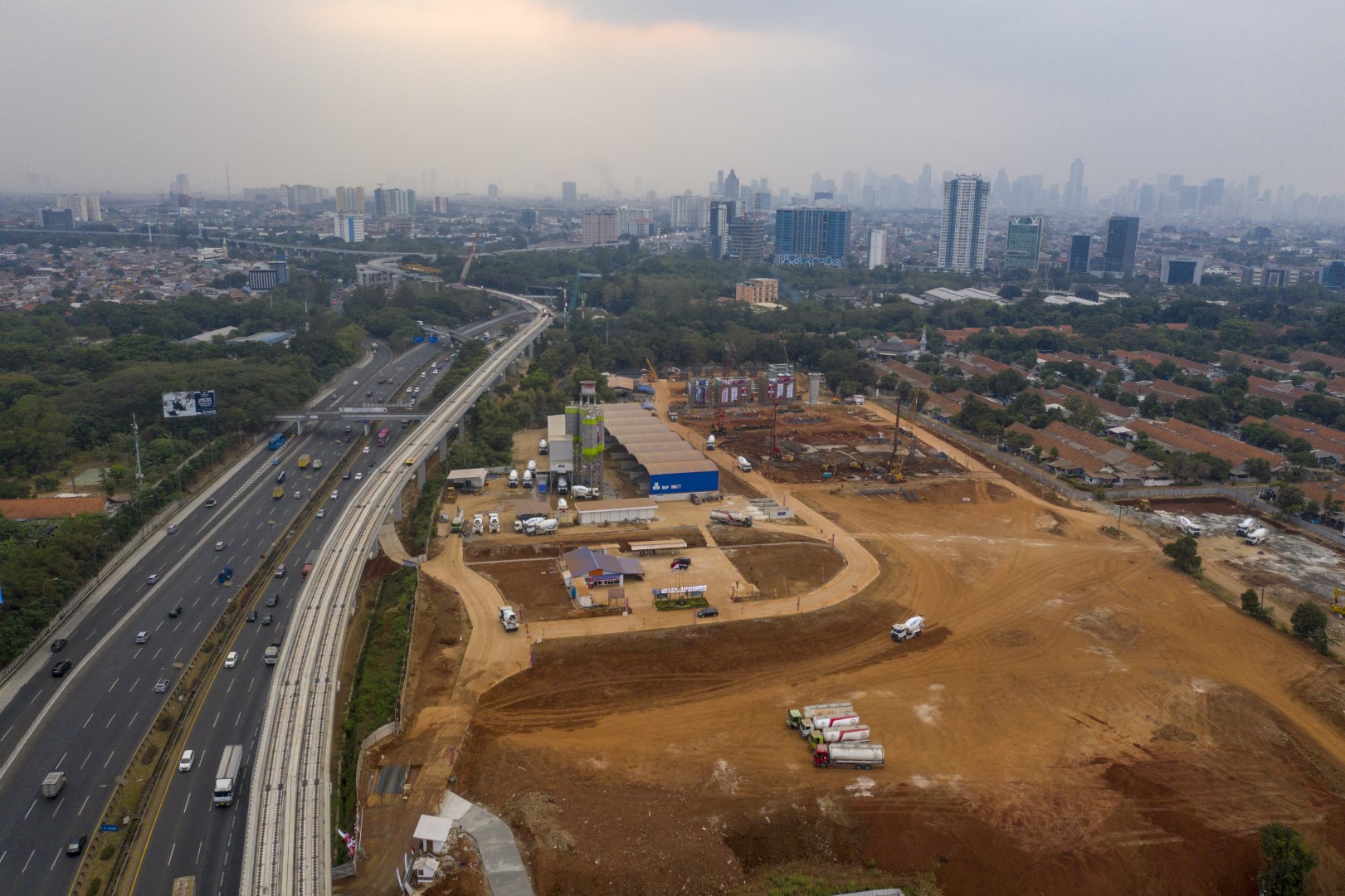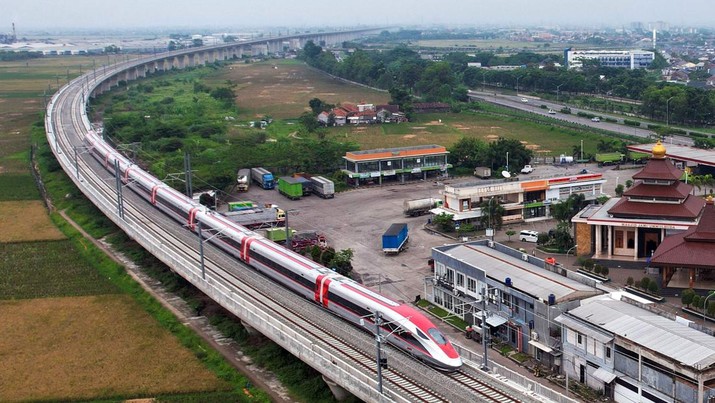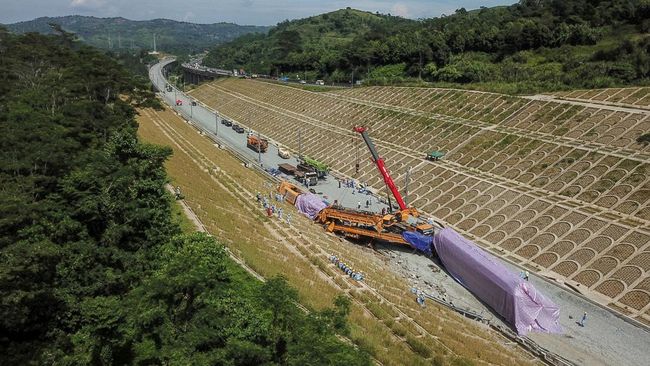
Actually, the Jakarta-Bandung High Speed Train project has been mentioned since President Susilo Bambang Yudhoyono’s administration. The project was then launched during President Joko Widodo’s administration, which began in 2016. Do you want to know and understand more about the Jakarta-Bandung High Speed Train project? Take a look at the discussion below.
1. Use trains from the latest generation
The Jakarta-Bandung High Speed Train uses the CR400AF, the latest generation of high-speed trains with improved technology. The CR400AF is 3.36 meters wide, and 4.05 meters tall, has a head length of 27.2 meters, and an intermediate train length of 25 meters. This dimension is larger than the previous type CRH380A. In addition to being larger, the CR400AF has a longer service life of more than 30 years and lower maintenance costs.
The CR400AF is designed to operate in four climates, one of which is tropical, such as that found in Indonesia. Furthermore, the CR400AF is certain to be able to withstand the uphill geographical conditions of the Jakarta-Bandung track. Then, to increase safety against lightning strikes, each train car series is equipped with two Lightning Arresters.
2. The track is 142.3 kilometers long

The track length of the Jakarta-Bandung fast train is 142.3 kilometers. More than 80 kilometers of the track’s total length are elevated structures. The remainder has 13 tunnels and subgrades. Several temporary facilities, such as Batching Plants and Casting Yards, were built at critical points to help accelerate the development process.
3. There are four stop stations

The Jakarta-Bandung High Speed Train has four stopping stations: Halim, Karawang, Padalarang, and Tegalluar, with one depot in Tegalluar. Each of these stop stations will be linked to other modes of mass transportation in the respective region. As a result, people find it easier to travel by taking public transportation.
4. Project funds are rising
The cost of the Jakarta-Bandung High Speed Train project has risen from US$6.071 billion to US$7.5 billion, or approximately Rp.112.5 trillion. This cost increase is the result of several factors, including:
- Change in cost, specifically the price adjustment of local components due to an increase or decrease in worker wages and the price of goods.
- Cost of financing, specifically the interest on the $373 million China Development Bank loan.
- Impact of land acquisition tax, amounting to US$ 157 million.
5. The train’s top speed is 350 kilometers/hour

According to kompas.com, the government claims that the Jakarta-Bandung High Speed Train has a top speed of 350 kilometers per hour. The distance between Jakarta and Bandung can be covered in about 30 minutes at this speed.
The government hopes that this project will support the economies of Jakarta, Bandung, and the Bandung Regency. In addition, to boost the national economy, the project will be linked to seaports, airports, and other similar fast trains.
6. There were some accidents

The Jakarta-Bandung High Speed Train project is currently in the spotlight due to an incident in which the working locomotive and rail-fixing machine both collapsed. As a result, two victims perished and five were seriously injured.
Before this incident, another incident occurred when a project pole collapsed and collided with an excavator in Teluk Jambe, Karawang. The incident began when an error in the installation of the pillars was discovered, which were then dismantled to be rebuilt and shifted according to predetermined technical specifications. However, during demolition, the pillar fell and collided with the excavator.
Then, on October 22, 2019, at 14.00 WIB, the Pertamina pipe caught fire at the project site as a result of a bored pile hitting Pertamina’s fuel pipe.
Flooding in the area was caused by the construction of the project in the form of bored pile and pile cap structure works on the side of the Padaleunyi toll road in West Java in 2020. Flooding also occurred on the Jakarta-Cikampek toll road in February 2020 due to clogged culverts for the project.
7. Use cast iron manhole covers
This project uses cast iron manhole covers from Infiniferro as a cover for drainage canal holes. The manhole covers have two designs: round manhole covers with a diameter of 900 mm and round manhole covers with a diameter of 580 mm.
The manhole covers have a checkered pattern embossed on the surface. This motif acts as an anti-skid, making the surface less slippery and safer to pass over. Furthermore, the manhole covers have two keyholes to make opening the manhole covers easier.
ALSO READ:

Leave a Reply